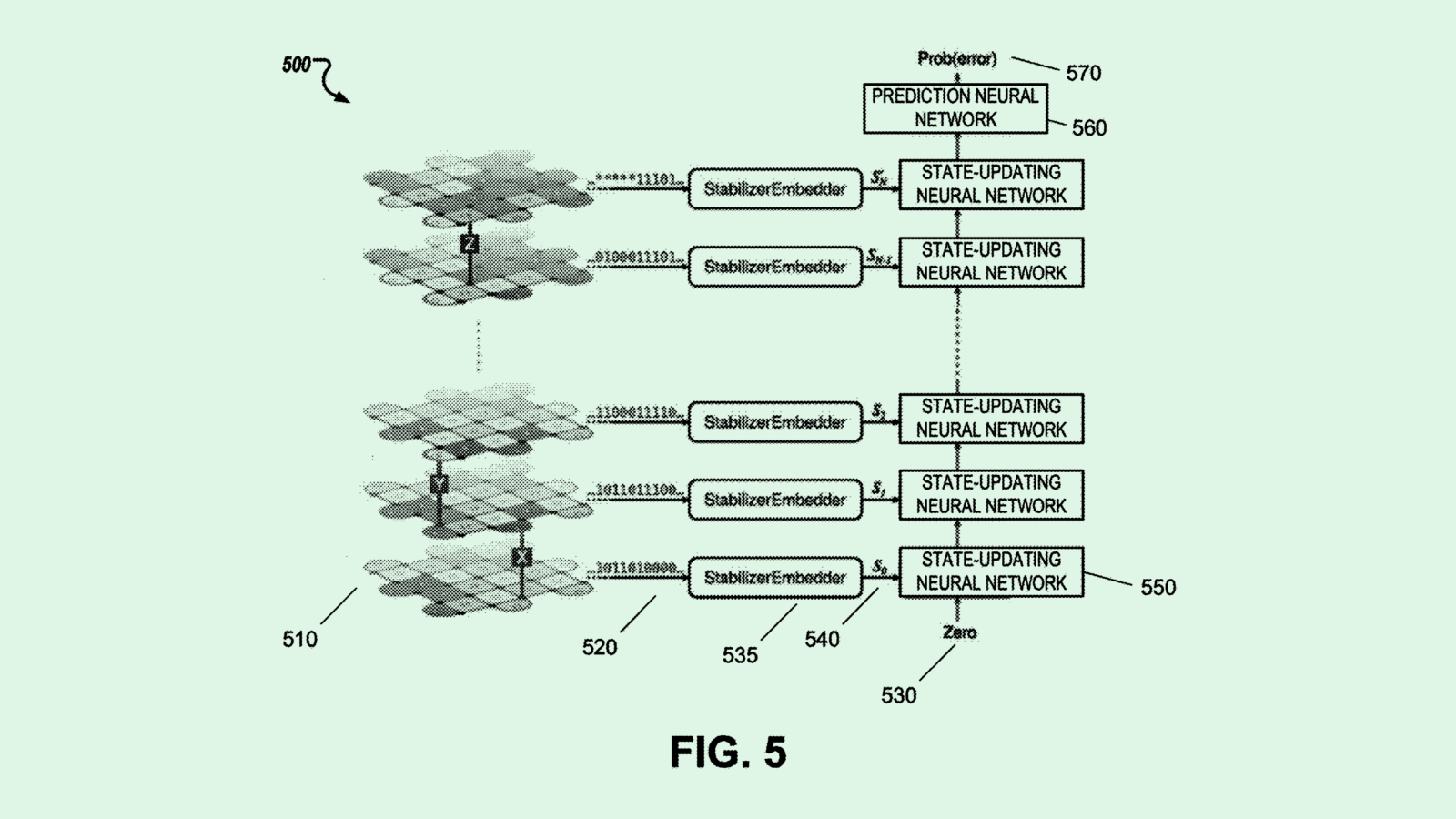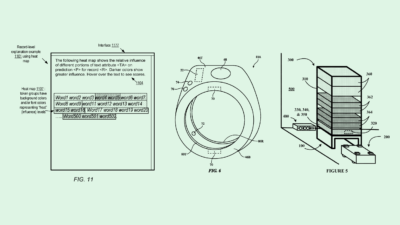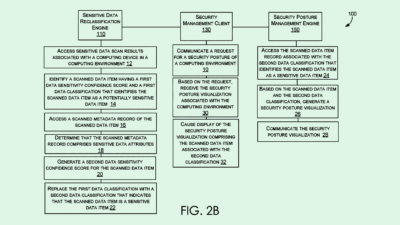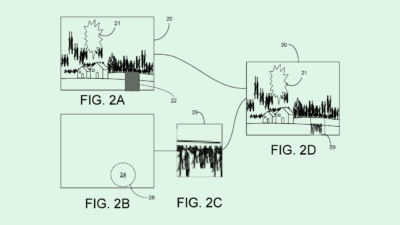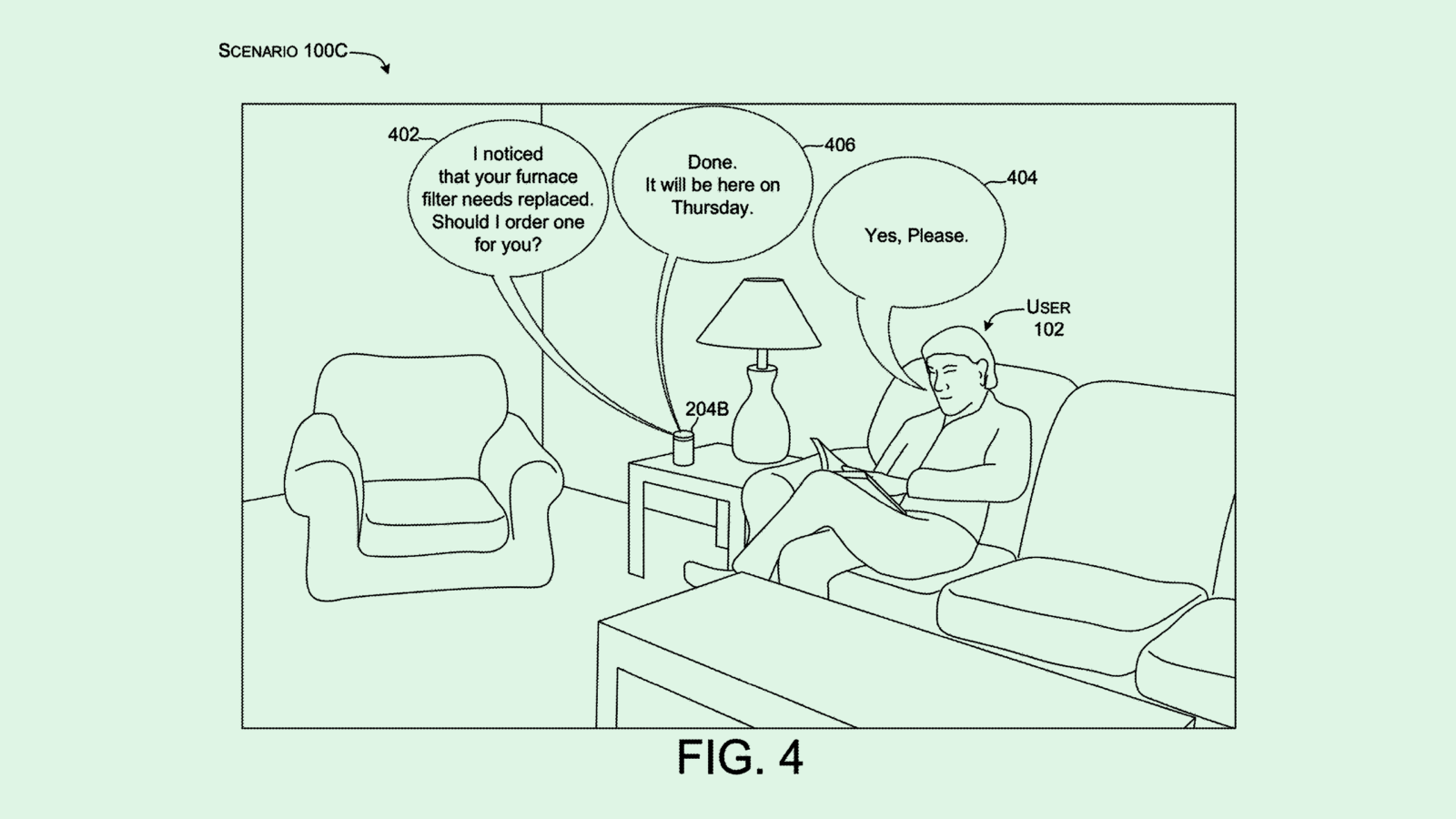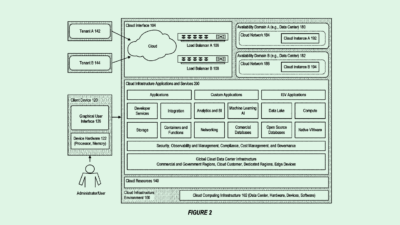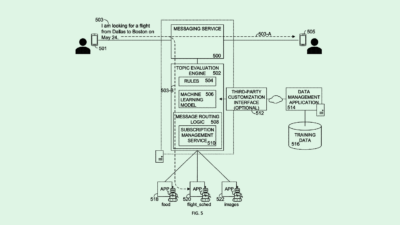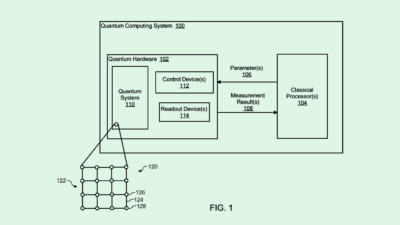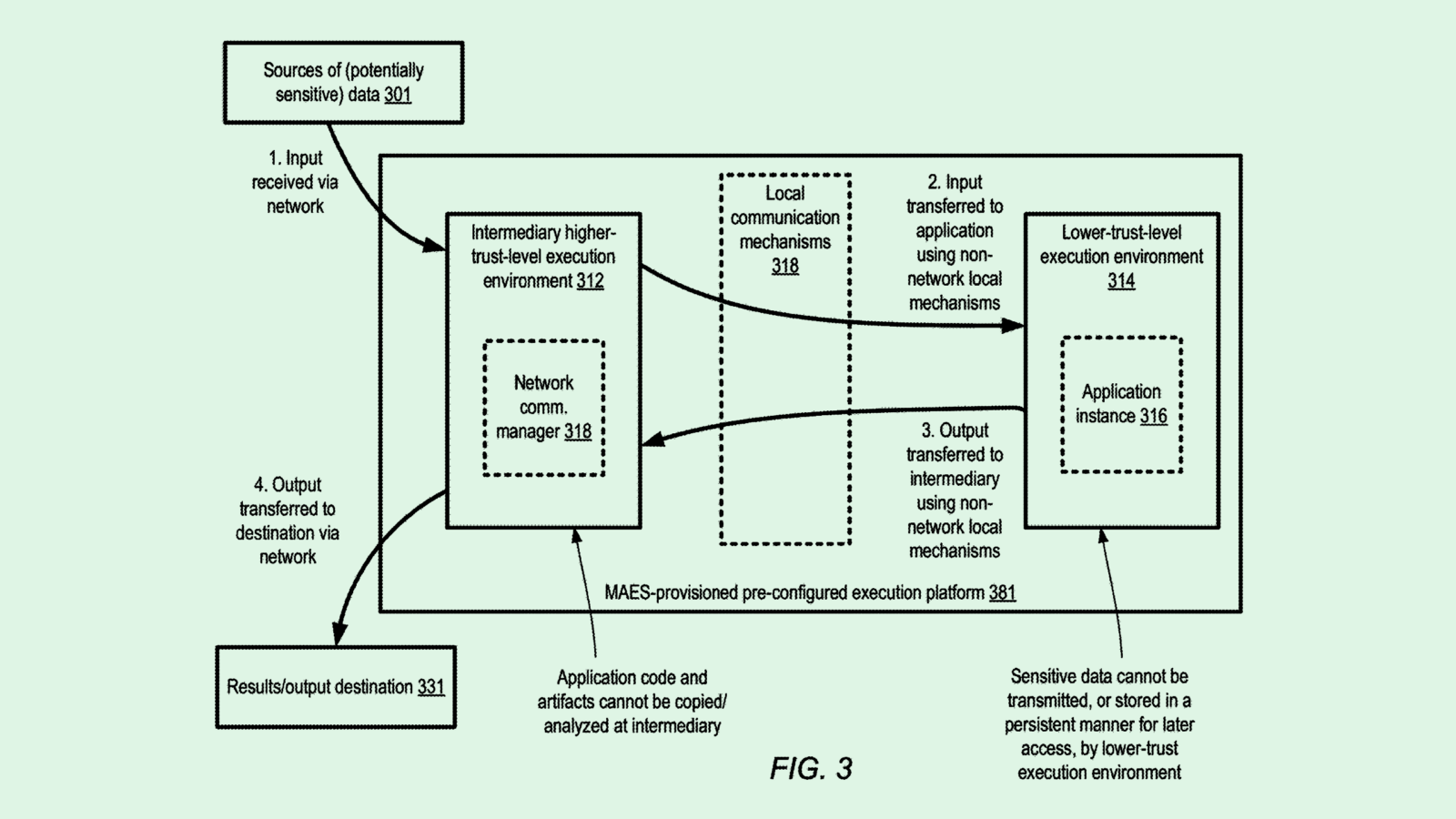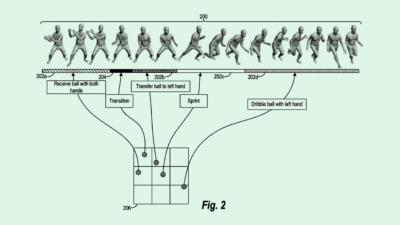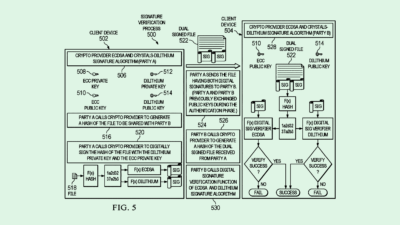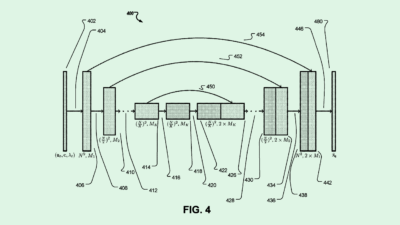Facebook Introduces Music (plus more from Disney & Mastercard)
Facebook music charts, Disney’s smart retail fixtures & Mastercard’s biometric card
Sign up to uncover the latest in emerging technology.
Facebook music charts, Disney’s smart retail fixtures & Mastercard’s biometric card
1. Facebook – music charts
Facebook is looking to introduce music charts into the platform.
To rank songs by popularity, Facebook will be taking into account a number of signals, including:
how often songs are being used in videos created (e.g. on Instagram Reels)
how often people watch videos that include a specific song
how deeply people engage with videos that include a song (e.g. commenting on a video featuring a song)
When navigating the songs on the chart, users can then interact with the artist (i.e. visit their profile and follow them), create new videos that feature a song, see which of their friends have interacted with the song, and listen to an audio clip of the song.
Users will come across the music chart in a number of ways. For instance, if a user searches for an artist or a song, there’ll be a shortcut to the chart. When users scroll through a list of potential songs that can be added to a video (i.e. via Instagram Reels), the songs could be ordered by their position in the chart.
Why is this interesting?
Firstly, TikTok’s packaging up of music with user-generated videos has seen music discovery emerge as a key use-case. With the TikTok algorithm, new songs from undiscovered or unsigned artists are able to get massive exposure and become viral. After the launch of Reels (Instagram’s copycat of TikTok), it makes sense for these types of products to lean into music discovery even more. Currently, songs are only discovered on Instagram via videos on the feed or in stories. By incorporating music charts into the app, a new access point emerges for seeing the most popular songs at any given moment.
Secondly, from a cultural standpoint, the mainstream music charts (e.g. Billboard) don’t take into account the number of streams songs have had via user generated videos that are watched on TikTok or Reels. If the way that music is both discovered and listened to has fundamentally changed, then perhaps there’s a cultural opening for having a music chart for top songs on Instagram.
Lastly, and more speculatively, perhaps Facebook is looking to compete against the existing music streaming apps by building in a use case for music listening. It’s not totally unfounded – last year there were rumours that Spotify are looking to introduce a ‘TikTok’-like experience into their app. There could be an interesting interplay between discovering new music via the Reels feed and then having a music player to listen to the songs you’ve discovered. Right now, this experience is fragmented: find an interesting song on Reels, open up Spotify to actually listen to the whole song. Maybe Facebook is looking to bring these behaviours into one platform.
2. Disney – smart merchandise fixtures for retail stores
If you’re as clueless as me, you might not have known what a retail merchandise fixture is. They are pieces of equipment or furniture used to display products you see in a store. If you’re interested in diving down a rabbit hole, here are are some examples of different types of fixtures.
This new Disney filing describes smart merchandise fixtures with visual and audio outputs that can be programmed, monitored and controlled remotely.
Retail fixtures are generally important for getting a customer’s attention, telling the story of a brand’s product, and driving a sale. However, the tools available for designing these fixtures is generally limited and static.
In a smart merchandise fixture, as imagined by Disney, each fixture could become a digital canvas where designers can create and iterate upon the visual displays, the sounds and the lighting.
One use-case imagined is the fixture being designed for physical interactions with displayed products, and digital interactions through a platform designed like e-commerce apps.
For example, let’s say you pick up a Disney t-shirt on the fixture. A screen attached to the fixture could then show all of the other colours and sizes available so that consumers can find the right item, and then add it to their shopping basket (or just get it delivered straight to their home). This makes the physical retail store a blended experience where physical items can be seen, but more varied inventory can be shown through digital screens.
In the future, we can imagine these fixtures containing digital displays that have ‘smart mirrors’ that allow users to browse through different digital items and superimpose it on their body like an AR filter, all within store.
One controversial aspect to the filing is the idea for the fixtures to be equipped with cameras to monitor the merchandise being looked at and how customers are interacting with the items, as well as microphones to capture customer conversations.
Putting all of this together, Disney’s smart fixtures make retail stores a platform for the rapid A/B testing of merchandise and visual displays. Retail stores start generating a lot of data in terms of how customers interact with items – both audio and visual.
Overall, Disney seems to be opening up the magic of their storytelling and apply it to the world of physical retail.
3. Mastercard – biometric cards
Over the last few years, there’s been a lot of talk about biometric cards.
Last month, Visa announced a pilot of biometric cards with customers in the US and Europe. A few days ago, China UnionPay also certified a biometric card too. In 2019, Natwest conducted a small trial of biometric cards with Mastercard.
In this latest filing from Mastercard, we get a deeper peek into how the cards will work.
As shown in the above image, the cards will have a fingerprint sensor. When users make a purchase, they will need to place their finger or thumb on the fingerprint sensor to authenticate the payment. The fingerprint detected by the sensor will then be compared to the fingerprint data stored on the card – if it’s a match, the payment goes through.
When a user receives a newly issued biometric card, their fingerprint will need to be captured and stored for all future transactions. So for the first purchase, a user will need to put the card into a card reader, place their finger on the fingerprint sensor, and enter their pin. If the pin is correct, the fingerprint is stored on the card. And so, for future transactions, a cardholder can just rely on using their fingerprint without needing to input the pin.
Why are biometric cards interesting? Well, they’re more secure than traditional cards that rely on PINs. If a biometric card gets stolen, it can’t be used without the cardholder’s fingerprint.
Secondly, currently, contactless payments can only be made if the transaction is under a certain limit, mainly to minimise the damage of a card being stolen. With biometric cards, contactless payments become extremely safe, and so in theory payment limits can be removed.
Finally, the fingerprint data is stored on the card itself and can never leave the card, adding an additional layer of security.
Biometric cards definitely seem inevitable in a post-Covid world. They provide the hygiene benefits of using contactless cards without compromising on the security.
For more on Mastercard, check out #020 PATENT DROP where I looked at how they’re exploring storing digital media rights onto the blockchain.
